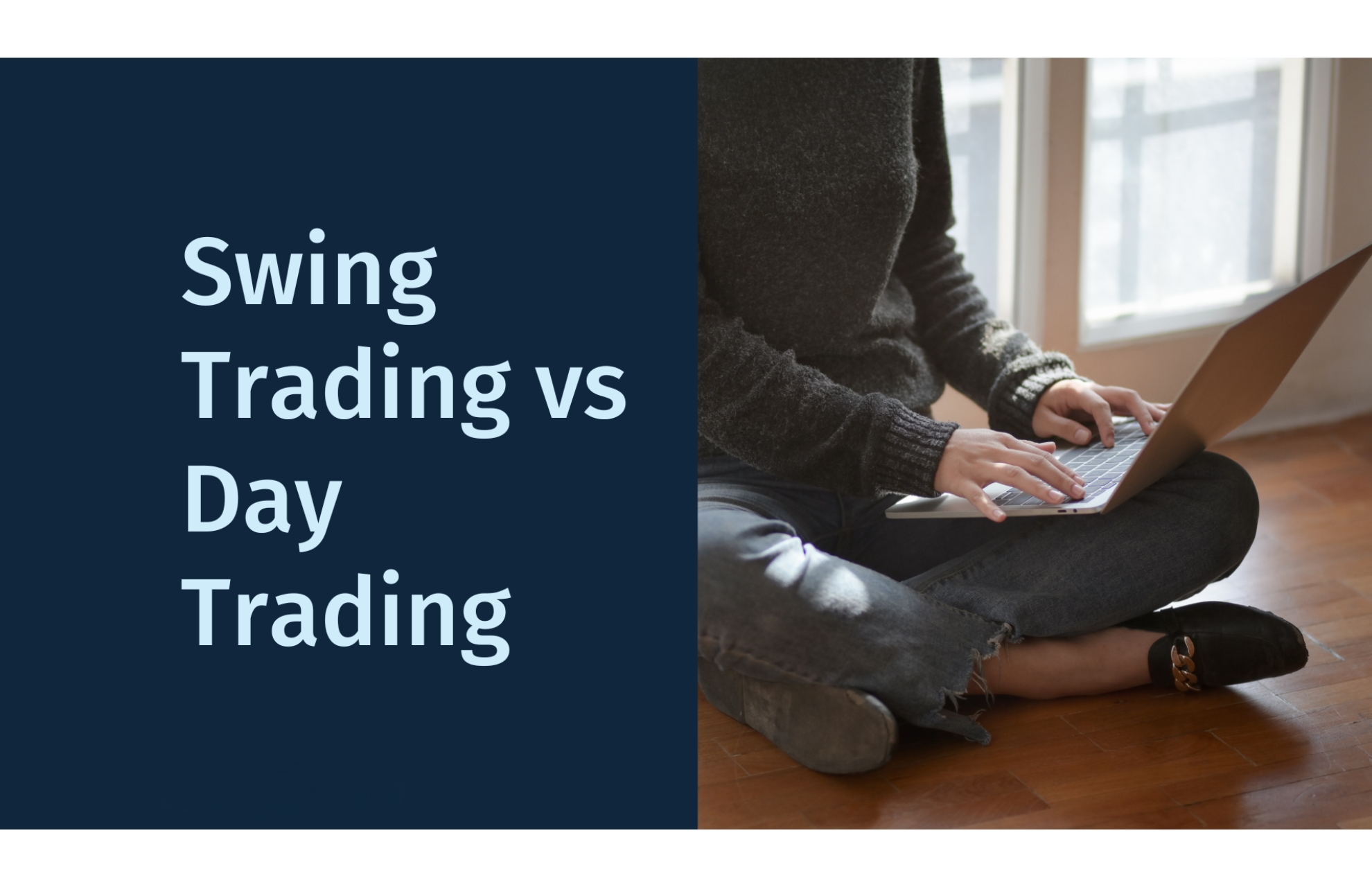Both swing trading and day trading have seen a surge in their popularity within the financial markets. As distinct and unique trading strategies, they attract traders globally, each offering its own set of benefits to match different preferences and risk tolerances. In this blog post, we’ll delve into a comparison of Swing Trading vs Day Trading, helping you decide which approach suits you best.
Many investors are drawn to the excitement of capturing short-term price movements in day trading and the potential gains from medium-term trends in swing trading. Their growing popularity reflects a diverse mix of investors, influencing the evolving landscape of modern trading practices.
Also Read: Types of Trading Strategies
Swing Trading Demystified
Swing trading is a popular approach in financial markets, targeting gains from short- to medium-term price changes in assets. This style contrasts with day trading, where trades are made and completed within a single day. Swing traders typically hold their positions for several days or weeks, aiming to profit from price movements over this period. They leverage opportunities presented by these fluctuations to earn profits.
Swing traders focus on identifying market “swings” or significant price movements within a trend. They use technical analysis tools, like chart patterns and oscillators, to find ideal trade entry and exit points. Platforms like investfox can provide valuable insights and broker recommendations for swing trading. These analytical methods enable informed decisions on when to enter or exit a trade for optimal profit and risk management.
A major benefit of swing trading is its flexibility, allowing participation in the markets without constant monitoring. This makes it a suitable option for those with other commitments or who prefer a less intensive trading approach. However, a solid grasp of technical analysis and risk management is crucial, as holding positions longer can expose traders to overnight risks.
Day Trading: What You Need to Know
Day traders stay glued to the markets throughout the trading day, executing a series of rapid trades. They depend heavily on technical analysis, chart patterns, and live market data to spot quick profit opportunities. Preferred instruments for day trading include stocks, forex, options, and futures contracts.
Day trading demands considerable expertise, discipline, and focus as traders need to make quick decisions and manage risks effectively. While it offers the potential for substantial profits, it also carries significant risks due to its fast-paced nature and the unpredictability of market movements. To minimize potential losses, traders often use stop-loss orders and adhere to strict money management rules. These strategies are essential for maintaining a balanced and sustainable approach to day trading.
Also Read: How to Screen Stocks for Swing Trading?
Comparing Swing Trading and Day Trading
Swing trading involves holding positions for a few days to several weeks, aiming to profit from medium-term market movements. Swing traders carefully analyze chart patterns and technical indicators to identify prime entry and exit points. An example of swing trading might involve spotting a stock in an uptrend and entering a long position during a brief retracement.
Conversely, day trading is about executing numerous trades within the same day, capitalizing on intraday price changes. Day traders utilize real-time data and technical analysis to make quick decisions. For instance, a day trader might focus on a volatile stock, making swift trades based on rapid price shifts.
Choosing between swing trading vs day trading depends on several factors. Day trading requires intense focus and fast decision-making, suitable for those who can dedicate their full attention to the markets all day. It also demands a deep understanding of technical analysis and risk management. On the other hand, swing trading offers a more relaxed pace, ideal for individuals with additional commitments.
Risk tolerance is a key factor in this decision. The rapid pace of day trading exposes traders to higher risks, while swing trading’s longer timeframe allows for more calculated risk management. In terms of returns, day trading can offer quick profits but also carries the risk of significant losses. Swing trading targets larger price movements but requires patience and tolerance for market fluctuations.
Ultimately, whether you choose swing trading vs day trading depends on your personal preferences, experience level, and risk appetite. Some traders blend both strategies to create a hybrid approach that suits their unique goals and circumstances. Regardless of your choice, education, practice, and adherence to risk management principles are key to success in either style.




